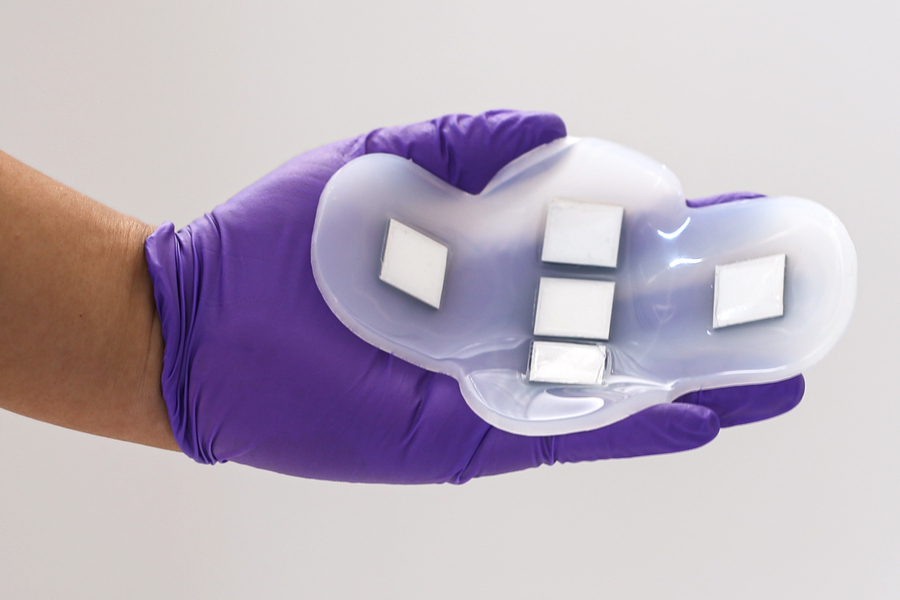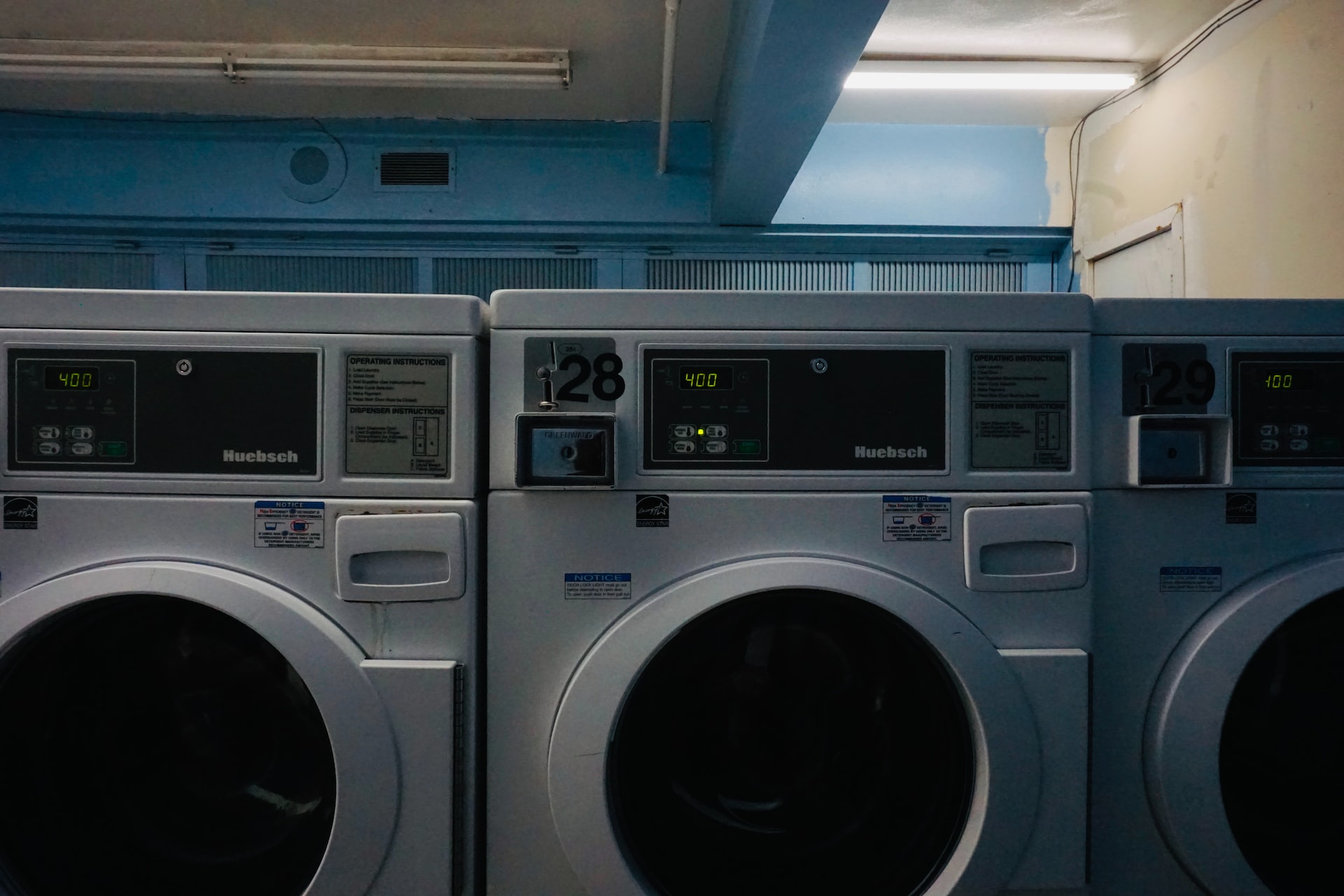MIT’s Wearable Ultrasound Patch
MIT researchers have created a wearable ultrasound patch capable of imaging organs just like a standard ultrasound. This innovative device is capable of capturing images of the body’s organs without requiring cold gel or an operator. While initially employed to measure bladder fullness, the device has the potential to be adjusted for imaging various internal organs, presenting a novel approach to disease monitoring.
Revolutionizing Medical Imaging
By relocating the ultrasonic array and adjusting signal frequency, adaptation becomes possible. These adaptable devices show promise in early detection of deep-seated tumors, like ovarian cancer.
“This technology is versatile and can be used not only on the bladder but any deep tissue of the body,” said Canan Dagdeviren, the study’s corresponding author. “It’s a novel platform that can do identification and characterization of many of the diseases that we carry in our body.”
Crafted from silicone rubber, the patch boasts flexibility and incorporates five ultrasonic image sensors. These sensors utilize a novel piezoelectric material with unique properties, responding to pressure changes.
Arranged in a cross pattern, the sensors enable the patch to capture images of the entire bladder, which reaches dimensions of approximately 12 by 8 centimeters when full. The patch’s composition includes a naturally sticky polymer, ensuring smooth adherence to the skin and facilitating easy application and removal.
Beyond Bladder Imaging
Now researchers aim to extend the application of ultrasound devices to image additional organs like the pancreas, liver, or ovaries. Achieving this involves adjusting the frequency of the ultrasound signal to accommodate the varying location and depth of each organ. However, this also necessitates the development of new piezoelectric materials.







